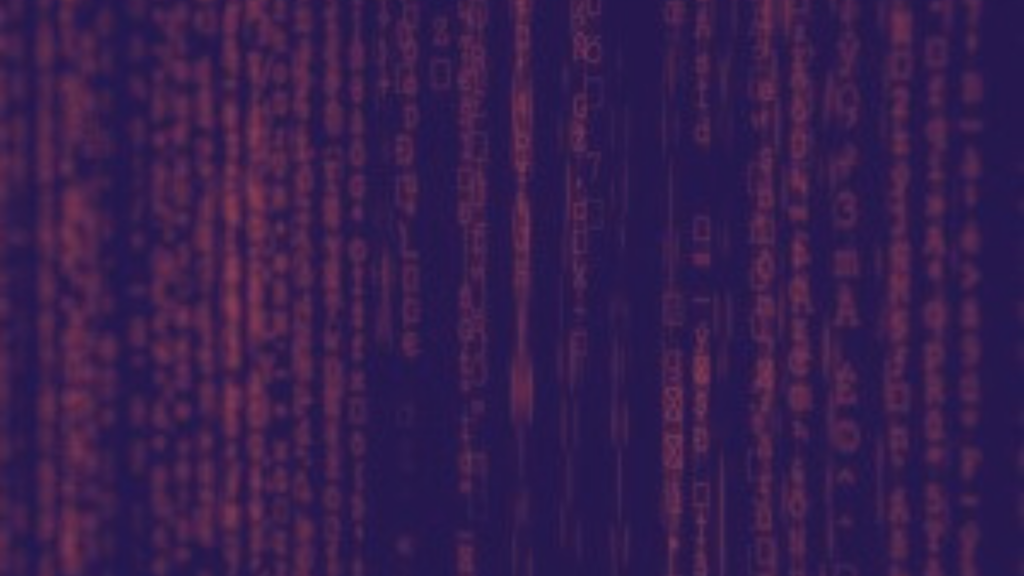
In blockchain, RPC nodes play a BIG role in facilitating communication between decentralized applications and the underlying blockchain networks. However, these RPC nodes can exhibit significant differences when employed across different chains. Understanding these disparities is essential for developers and enthusiasts alike. In this article, we’ll delve into the contrasts among RPC nodes based on various blockchain chains, shedding light on their implications and significance.
1. RPC Blockchain Nodes: The Backbone of Blockchain Communication
RPC nodes, or Remote Procedure Call nodes, serve as a bridge between blockchain networks and external applications. They allow developers to interact with the blockchain programmatically, enabling tasks such as querying network data, sending transactions, and accessing smart contract information. RPC nodes essentially empower developers to create decentralized applications that interact seamlessly with blockchain networks.
2. Divergent Architectures: Ethereum vs. Binance Smart Chain
When comparing RPC nodes across different chains, it becomes evident that architectural differences can greatly influence their functionality and performance. Let’s consider the contrast between Ethereum and Binance Smart Chain (BSC) as prime examples.
Ethereum’s RPC Nodes: Ethereum, renowned for its robust ecosystem and smart contract capabilities, employs RPC nodes that provide extensive data access. Developers can retrieve intricate details about transactions, addresses, blocks, and smart contracts. This comprehensive data accessibility empowers developers to build intricate decentralized applications with precision.
BSC’s RPC Nodes: On the other hand, Binance Smart Chain focuses on speed and efficiency. Consequently, BSC’s RPC nodes emphasize fast transaction processing and contract execution. While BSC’s data accessibility might not match Ethereum’s depth, it compensates by offering rapid response times—a crucial factor for applications requiring quick interactions.
3. Performance Disparities: Solana vs. Avalanche
RPC nodes’ performance can vary significantly across high-throughput blockchain networks such as Solana and Avalanche.
Solana’s RPC Nodes: Solana’s architecture prioritizes scalability and high throughput. Its RPC nodes are optimized to handle a substantial number of transactions per second, making it a preferred choice for applications with demanding performance requirements. Solana’s nodes excel at providing real-time data to power decentralized exchanges, gaming platforms, and more.
Avalanche’s RPC Nodes: Avalanche, known for its sub-second transaction finality, utilizes RPC nodes to ensure rapid and secure interactions. These nodes contribute to Avalanche’s exceptional throughput, making it suitable for decentralized finance (DeFi) platforms and time-sensitive applications.
4. Security and Consensus: Polkadot vs. Cardano
Security and consensus mechanisms can significantly differentiate RPC nodes across blockchain networks like Polkadot and Cardano.
Polkadot’s RPC Nodes: Polkadot’s unique multi-chain architecture introduces a relay chain and parachains, each with its consensus mechanism. RPC nodes in the Polkadot ecosystem facilitate communication between these components, allowing developers to interact with various parachains seamlessly. Security considerations are paramount due to the interconnected nature of the network.
Cardano’s RPC Nodes: Cardano, recognized for its research-driven approach, employs RPC nodes to interface with its blockchain. The network’s emphasis on formal verification and academic rigor extends to its RPC nodes, ensuring the accuracy and reliability of data accessed by developers.
Conclusion: Navigating the Blockchain RPC Nodes Landscape
In the diverse realm of blockchain technology, RPC nodes serve as the linchpin for decentralized application development and network interaction. Recognizing the disparities in RPC nodes’ architecture, performance, and security across different blockchain chains is vital for making informed decisions as a developer or user. Whether you’re building applications on Ethereum, Binance Smart Chain, Solana, Avalanche, Polkadot, Cardano, or any other chain, understanding the unique attributes of RPC nodes can significantly impact the success and efficiency of your endeavors. Stay attuned to the evolving landscape, as advancements in blockchain technology continue to shape the capabilities of RPC nodes across various chains.
Remember, embracing the nuances of RPC nodes is key to unlocking the full potential of blockchain networks and revolutionizing the way we interact with decentralized systems.


